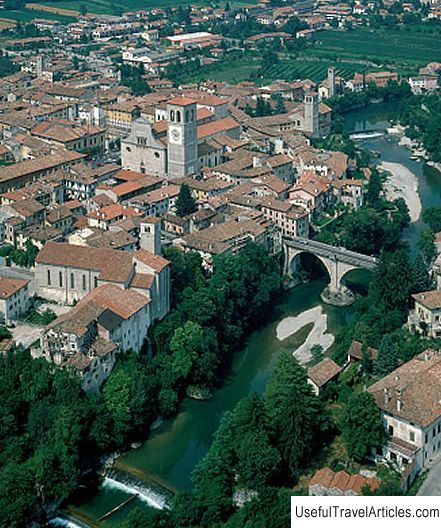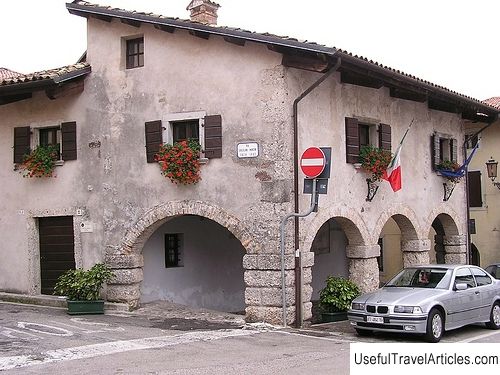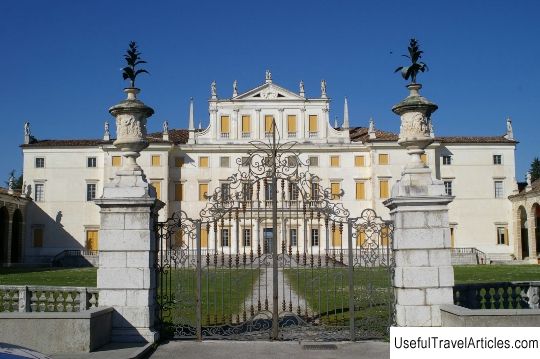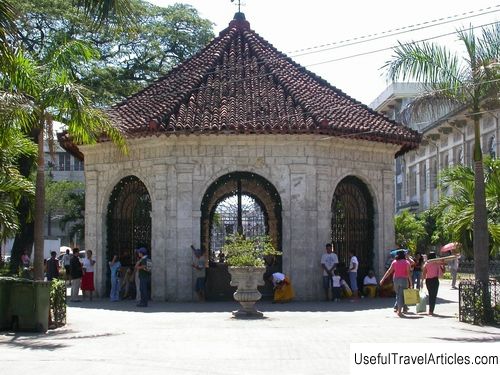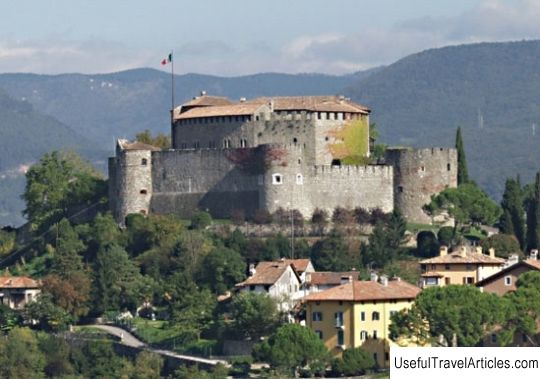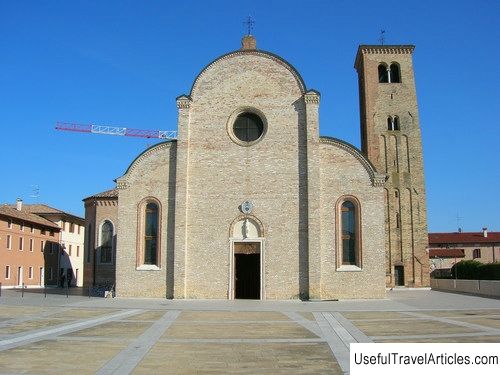Cividale del Friuli description and photos - Italy: Adriatic Riviera
Rating: 7,8/10 (603 votes) Cividale del Friuli description and photos - Italy: Adriatic Riviera. Detailed information about the attraction. Description, photographs and a map showing the nearest significant objects. The title in English is Cividale del Friuli. Photo and descriptionCividale del Friuli, located 70 km from the resort of Lignano on the Adriatic coast of Italy, was founded between 56 and 50 BC. on the initiative of Julius Caesar himself. Then it was called Forum Lulia - it was from him that the modern name of the entire Friuli region originated. And today you can see the ruins of the walls that were built by the ancient Romans. In the 5th century AD, after the destruction of the cities of Lulium Carnicum and Aquileia by the Huns, the population of the Forum of Lulia grew, and the city itself became an important strategic post and episcopal see. In the second half of the 6th century, it became the main city of the first Lombard duchy in Italy - the Duchy of Friuli. And then the city received its current name - Civitas, which meant "the best of its kind." Ravaged by the Avars in 610, Cividale remained an important military and political center even during the time of the Venetian Republic, and from the 12th century it became a free city and a lively trade center - the largest in the entire Friuli region. In 1353, Emperor Charles IV himself opened a university here. At the end of the 18th century, according to a peace treaty between Napoleon and Austria, Cividale passed to the Habsburgs, and only in 1866 was it annexed to Italy. Traces of all these numerous historical events, especially the period of the Lombard rule, have been preserved in the city, and Cividale demonstrates them with pride. If you start your walk around the city from the Cathedral Square, you can immediately find yourself at the Basilica of Santa Maria Assunta, built in the 15-18th centuries in the Venetian Gothic style. Inside it is a silver altarpiece of Pellegrino II - one of the masterpieces of Italian medieval jewelry art. Next to the cathedral is the Christian Museum, where, among other exhibits, you can see the Callisto Baptistery and the Ratchis altar, outstanding works of art from the Lombard era. The baptistery is named after the patriarch Callisto - it is an octagonal baptismal font with columns that support arches elegantly decorated with floral ornaments. The Ratchis altar, dedicated to the Lombard king of the same name, is a richly decorated rectangular stone. On the Piazza Duomo square is the Palazzo dei Provveditori, built according to the project of the great Palladio, - now it houses the National Archaeological Museum of Cividale del Friuli, which contains artifacts from the Lombard era and important medieval manuscripts. And behind the square is the ancient city of the Lombards: in front of the Temple of the Lombards, erected in the 8th century, there is a beautiful panorama of the Natisone River. Priceless works of art can still be seen in the temple. The building of the temple itself is also interesting - its original purpose, the original structure and the names of the architects still remain unknown. The stucco molding on the main portal and the frescoes are especially attractive. Another mystery of Cividale is the Celtic catacombs, located near the Temple of the Lombards. They consist of several underground rooms, carved into the rock with the help of primitive tools. A steep staircase leads to the central hall, from which three corridors depart. Numerous niches and benches are carved into the walls, but the main thing that attracts attention is the three rough rough masks. Their purpose is covered with a veil of secrecy. And, of course, speaking about Cividal, one cannot fail to mention the most intriguing legend of this city - the so-called Devil's Bridge, thrown across the Natizone River. Legend has it that this huge bridge was built by the devil himself in exchange for the soul of the first one to walk on it. He was helped in this by his mother, who in her apron brought a large stone and threw it in the middle of the river, just between the spans of the bridge. However, the inhabitants of Cividale turned out to be more cunning than the devil and were the first to let the dog across the bridge - so they fulfilled the condition, and the devil had to be content with the soul of the animal.             We also recommend reading Luna Park Sydney description and photos - Australia: Sydney Topic: Cividale del Friuli description and photos - Italy: Adriatic Riviera. |
